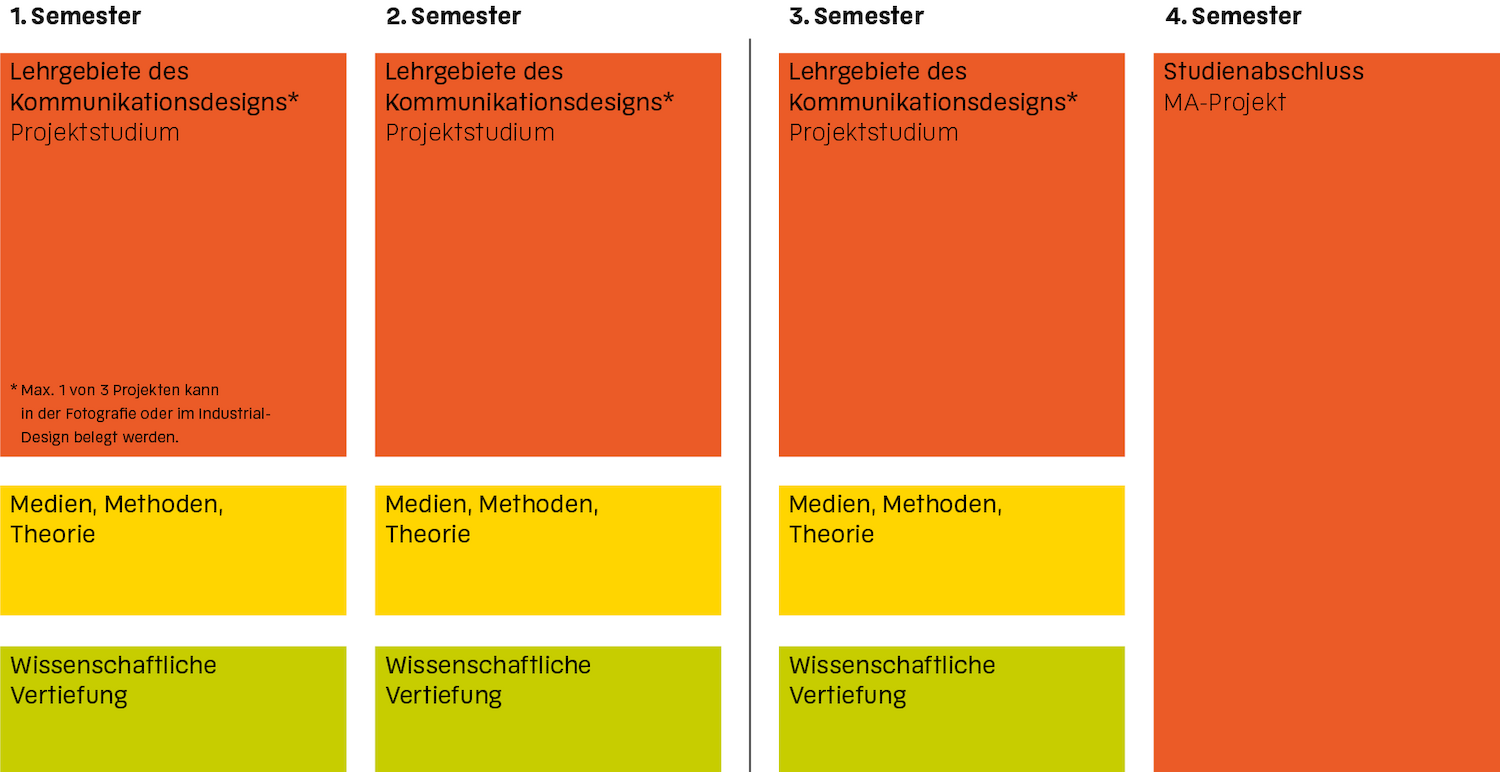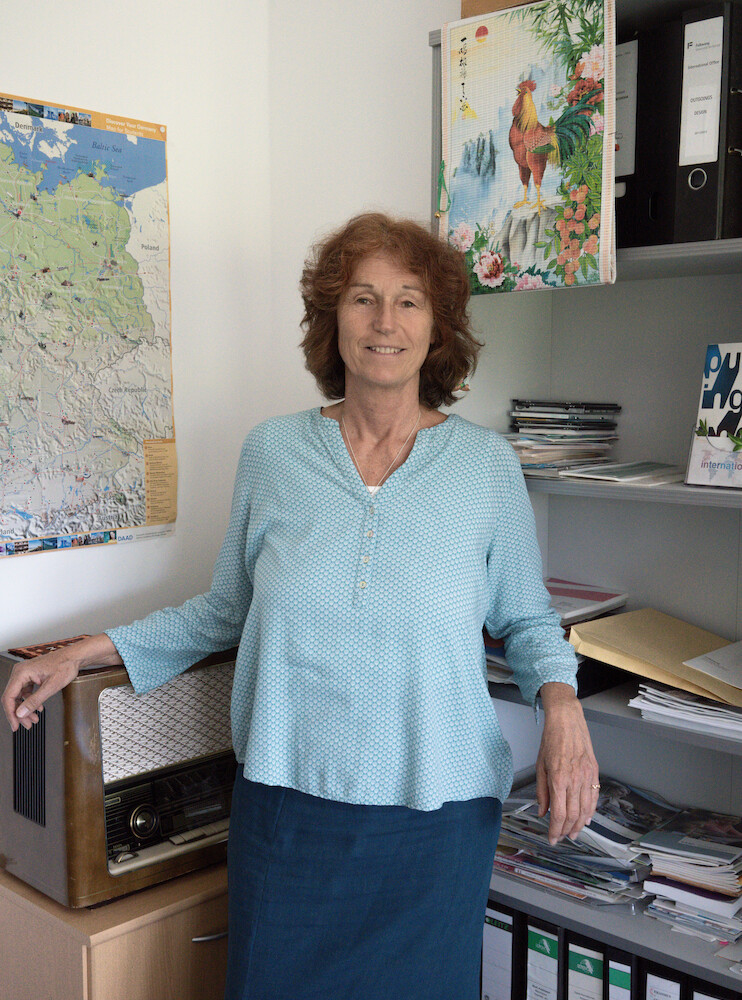Communication Design M.A. at the Folkwang University of the Arts encompasses breadth in practice and depth in theory. It integrates design research with free experimentation, interdisciplinary projects with creative processes, and group discussions with individualized mentorship. The program encourages sociopolitical reflection alongside personal artistic creation. It is project-driven and focuses on developing a distinct artistic and design-oriented position.
Contemporary. Cross-disciplinary. Autonomous.
Communication Design at the Folkwang University of the Arts is taught as a contemporary, interdisciplinary course of study involving image, text and code. The master’s program is structurally and conceptually open-ended. Students are free to pursue aesthetic, artistic, and scholarly inquiries with great flexibility. They may work across the three core fields—image, text, and code—choose to focus on a single area, or combine multiple disciplines.
Interdisciplinary research clusters in fields such as “Digital Narration,” “Forms of Knowledge,” and “Generative Typography” provide opportunities for in-depth exploration of contemporary design topics. These clusters bring together diverse perspectives through collaborative projects, encouraging critical engagement and intellectual exchange.
Collaborative interdisciplinary projects are shaped by the design interests and specific research questions of students and faculty. Additionally, students may take supplementary courses in photography and industrial design, further broadening their creative and technical competencies.
Human. Individual. Author.
Communication Design at the Folkwang University of the Arts is also about personal development. Ours is an era of rapid transformation and development. Rather than predict specific professional roles in the future, the goal of the master’s program in Communication Design is to cultivate perceptive and versatile design personalities.Through open-ended, experimental working processes, students conduct research and develop projects that deepen their understanding of design processes and theories. They engage critically with personal, cultural, and sociopolitical contexts, as well as with the content, functions, and disciplines of design.
In this evolving landscape students reflect on technological and societal transformations and assess their own responsibilities as designers. This strengthens the development of a personal design stance and an awareness of their role as authors of designed content. Critical. Independent. Relevant.




